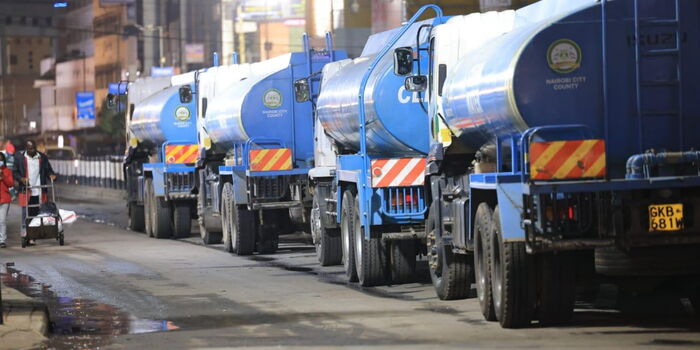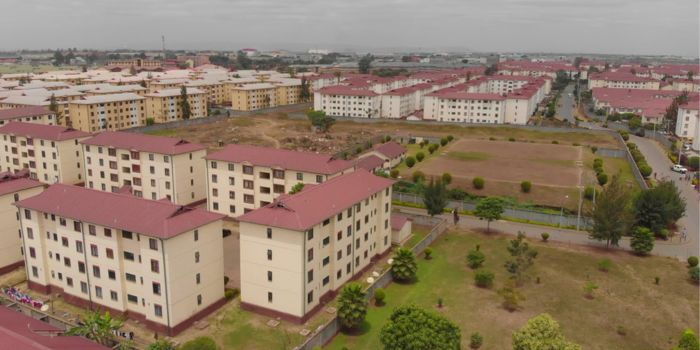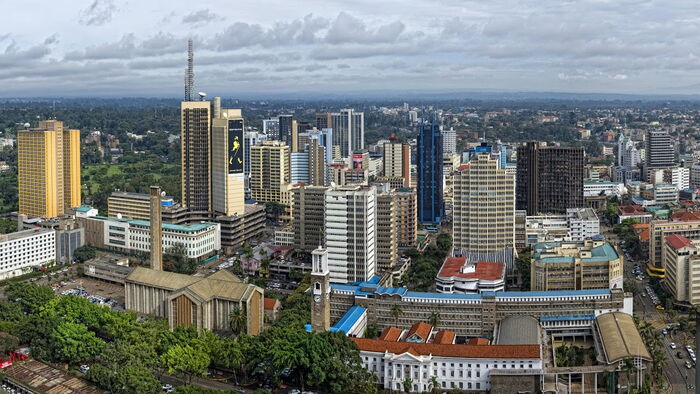Nairobi is once again staring at dry taps after the Nairobi Water and Sewerage Company (NWSC) announced a sudden water shortage that will affect major parts of the city, including some of the country’s most important institutions.
The company said the University of Nairobi, Kenyatta National Hospital, Westlands, Lang’ata, Kibera, and Kileleshwa are among the areas where taps will run dry.
According to a statement released on Saturday, August 17, NWSC Managing Director Nahashon Muguna revealed that a technical glitch on the Kabete-Kibera-Lang’ata pipeline has disrupted supply.
This glitch now threatens thousands of households, hospitals, universities, and estates that depend on the line for daily use.
📰 Also Read This:
Muguna confirmed that engineers have been dispatched to fix the problem, but he did not say exactly when the shortage will end.
He urged Nairobians in the affected estates to start rationing their stored water while waiting for normal supply to return.
“Our technical staff is working around the clock to resolve the problem. We advise our customers to use their stored water sparingly,” Muguna explained.
The utility company has also promised to deploy water tankers to deliver free water to affected estates.
“In the meantime, we have dispatched our water tankers to the affected estates for residents to draw water free of charge,” he added.
The areas likely to suffer include estates along Ngong Road, Lang’ata Road, Raila Odinga Road, Madaraka, Nyayo Highrise, Nairobi West, Kilimani, Lavington, Riverside, and Parklands.
Even Nairobi Hospital is listed among the facilities that will face shortages.
For a city of more than five million people, this announcement comes as a heavy blow. Nairobi consumes up to 900 million litres of water every single day, and any disruption quickly spirals into a crisis.
Earlier this year, President William Ruto admitted that the capital’s water shortage is a serious problem that requires urgent long-term solutions.
While speaking in Kawangware in March, the President revealed plans to increase supply through the Northern Water Collector Tunnel.
The 11.8 km tunnel is designed to transfer raw water from rivers Irati, Gikigie, and Maragua into the Ndakaini Dam, which serves Nairobi and its surrounding areas.
The project will collect up to 40 percent of seasonal floodwaters from these rivers, redirecting them to Ndakaini for treatment and supply.
President Ruto assured Nairobians that once completed, the tunnel will bring in an additional 140 billion litres of water.
“I know we have a water shortage problem in Nairobi. I want to give an assurance that in the next week or two, we are going to launch the Northern Collector Tunnel, which will bring 140 billion litres,” Ruto promised.
But for now, residents are left to cope with empty taps, long queues for water tankers, and the rising cost of buying water from vendors.
For students at the University of Nairobi and patients at Kenyatta National Hospital, the shortage could be even more serious if the issue is not fixed quickly.
With Nairobians already struggling with high living costs, many fear that the water shortage will worsen the city’s burden.










